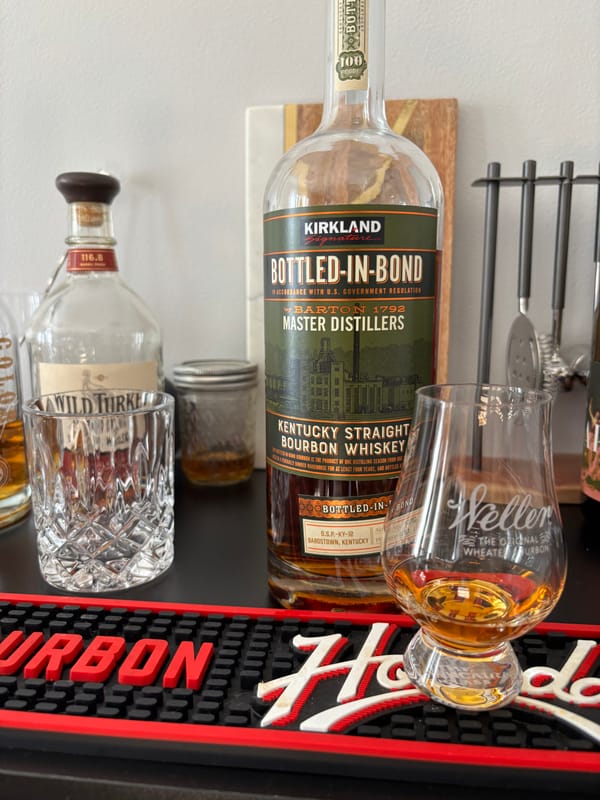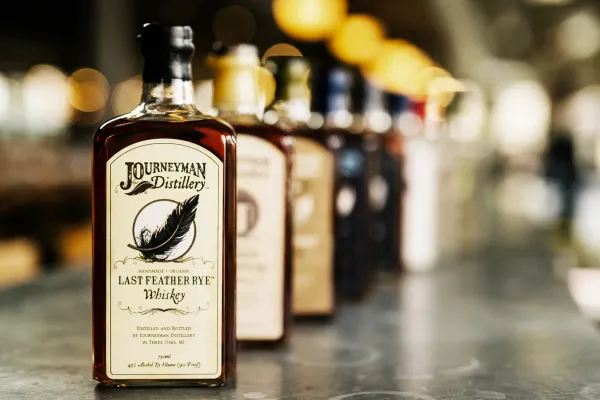Whiskey Mash Bill Rules Guide: The Blend You’ll Wish You’d Understood Sooner

Whiskey Mash Bill Rules: The Whiskey Recipe You Can’t Skip
The mash bill for whiskey isn’t just a mix of grains. It’s the precise recipe that legally defines a whiskey’s character and flavor foundation. If you don’t know these rules, you’re missing the blend that shapes every bottle. For whiskey enthusiasts eager to master whiskey’s core, this is the rock-solid truth about whiskey mash bill rules, grounded in legal standards and craft, and a 2025 must-know.
What Are Whiskey Mash Bill Rules?
U.S. law mandates specific grain percentages for whiskey types: bourbon requires at least 51% corn, rye whiskey at least 51% rye, wheat whiskey at least 51% wheat, and corn whiskey at least 80% corn, with the remaining mash bill composed of barley, rye, or wheat. Scotch (Scotch Whisky Regulations 2009) primarily uses malted barley for single malts, while Irish whiskey (Irish Whiskey Act 1980) often blends malted and unmalted barley for pot still whiskey. The mash bill, mashed at 180-200°F and fermented (8-10% ABV in three to five days), determines flavors like corn’s sweetness or rye’s spice in whiskeys bottled at 80 proof minimum.
How Mash Bills Shape Whiskey
A high-corn bourbon mash bill (70-80% corn) produces caramel and honey notes after aging in new charred oak, while a bare-minimum 51% corn bourbon allows rye or wheat to add spice or softness. Rye whiskey with 65% rye delivers bold pepper and clove, tempered by corn or barley. Scotch single malts, using 100% malted barley, yield nutty, fruity depth, distinct from bourbon’s profile. The mash bill’s grain ratios, set before fermentation, interact with distillation (160 proof max for U.S.) and aging (two-plus years) in climates like Kentucky (20-100°F), ensuring legal compliance and flavor consistency.
Why Mash Bill Rules Matter for Your Sip
A bourbon at 80 proof with a high-corn mash bill bursts with toffee sweetness, while a rye at 95 proof with 65% rye offers sharp spice, per U.S. law. A Scotch single malt at 86 proof delivers malty honey. Non-compliant mash bills violate regulations, skewing flavor expectations. Every sip reflects the mash bill’s legal precision, making your next bottle a true expression of its recipe.
Why Whiskey Mash Bill Rules Matter in 2025
Whiskey mash bill rules are the blueprint of every bottle’s soul. By 2025, understanding these standards could make every sip a clear taste of crafted flavor, from sweet to spicy. It’s the truth in the blend, so don’t miss the recipe.
Check out NEAT: Whiskey Finder—it’ll help you track down bourbon and whiskey near you.





